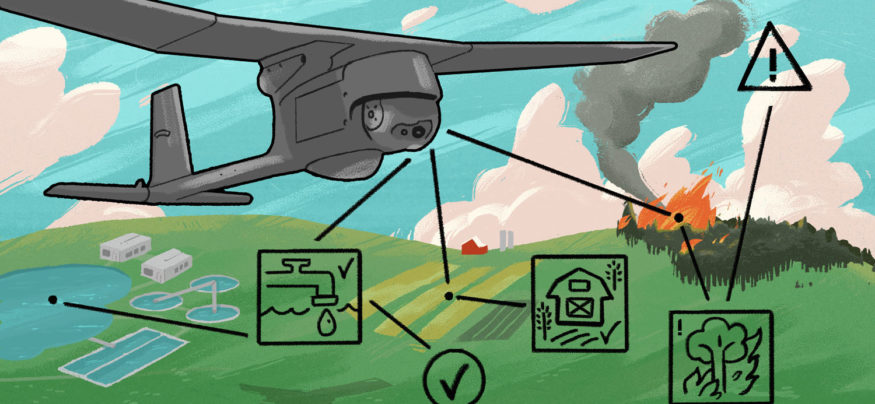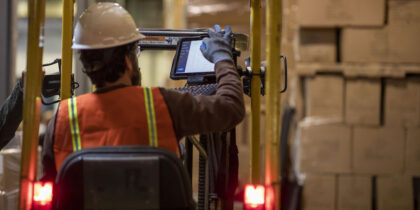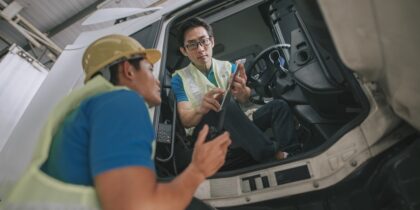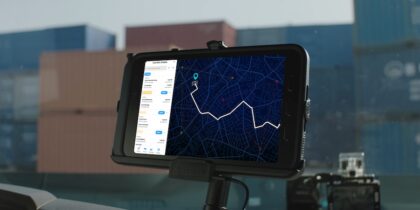Technological advancements are affecting numerous businesses, as many need to keep up with the changing times to better compete in their respective markets. One major change upcoming in the business world is the use of unmanned aerial vehicles (UAVs), also known as drones, for commercial purposes. Despite sticky red tape, drones for commercial use are taking flight in more than 20 industries. Since 2012, the Federal Aviation Administration (FAA) has approved more than 800 petitions for commercial UAV usage in nearly every state, according to a 2015 report from the Association for Unmanned Vehicle Systems International (AUVSI).
This trend has the power to transform everything from how we grow food to how we study the world around us. According to an earlier report from the AUVSI, by 2025, it’s predicted that the unmanned aircraft movement will create 100,000 jobs and have an $82 billion impact on the U.S. economy.
Where Will Drones Touch Down First?
So far, the FAA granted the most approvals to petitions from real estate, agriculture and construction companies. However, early adopters of drones for commercial use also span a variety of other industries, including motion picture companies, private security firms, search and rescue crews, news outlets and power line inspectors. These entities will be able to collect and leverage stunning amounts of data and imagery that they’ve never had access to before.
In agriculture, for instance, operators can program UAVs to automatically scan fields so farmers don’t have to drive through crop fields to conduct visual inspections. Thermal infrared sensors and high-definition video can help identify areas that need modified watering schedules or additional crop treatments.
In real estate, UAVs allow appraisers and surveyors to view private and commercial properties from exhilarating new heights. This unique perspective also allows them to assess roof damage and property lines quickly and safely.
Recently, the Wall Street Journal reported that the FAA approved three of the nation’s most prominent insurance companies to use UAVs to view hail damage, examine condemned buildings and inspect catastrophe sites without risking injury to human adjusters.
The Red Tape Restricting Commercial UAVs
As with most bleeding-edge technology, UAVs are gaining popularity too quickly for federal regulators to keep up. The FAA issued a blanket Certificate of Waiver or Authorization for operators who will use UAVs in low-risk controlled environments, but certain restrictions make this landscape especially tricky to navigate:
- UAVs must weigh less than 55 pounds;
- UAVs must be piloted by a human with a pilot certificate;
- Operators can only fly UAVs during daylight hours in ideal meteorological conditions, and they must keep the vehicle within their line of sight;
- UAVs cannot exceed an altitude of 200 feet;
- Operators cannot fly UAVs over major cities or within five nautical miles of an airport.
Privacy is another major concern for commercial UAV pilots. According to a 2015 presidential memorandum, federal agencies must abide by the tenets of the Privacy Act of 1974, which restricts the collection and dissemination of personally identifiable information and allows individuals to seek access to and amendment of records.
According to the law, federal agencies can only collect data relevant to the authorized purpose. They may not disseminate that data outside of the agency unless required by law, and they can only retain personally identifiable information for up to 180 days.
How to Streamline Adoption
Keeping the public safe and preserving civilians’ privacy should be the top priorities for the federal government and commercial operators, but the private sector desperately needs a single source of standardization and certification to make UAVs viable business assets.
Comply365 is moving quickly to implement an industry certification standard that will incorporate safety management systems, preflight inspection cards, job tracking aids and robust UAV data management concepts. It’s also developing industry best practices for mission planning, data retention and postflight analytics. Additionally, the company supports civilian data collection standards that meet the federal guidelines outlined in the memorandum.
When deployed on Samsung Galaxy tablets, Comply365’s tools provide a streamlined view of information that UAV operators can actually use — whether they’re operating UAVs from a cornfield in Iowa or scouting earthquake damage in California.
As with any innovation, the proliferation of UAVs doesn’t come without red tape, but when the industry is equipped with clear certification standards and accessible tools for seamless operation, lawmakers will begin to regard UAVs as a safe and effective business tools. Relaxed standards for UAVs could breathe new life into the aviation industry, allowing trained operators to flourish alongside business pioneers who first took to the sky.








